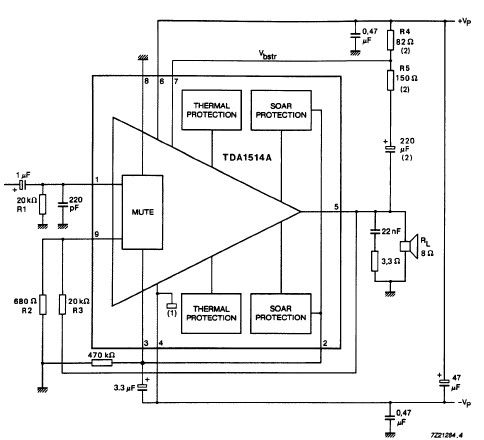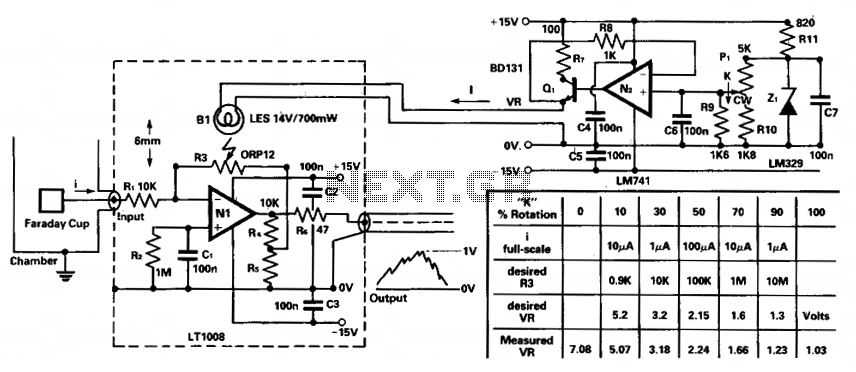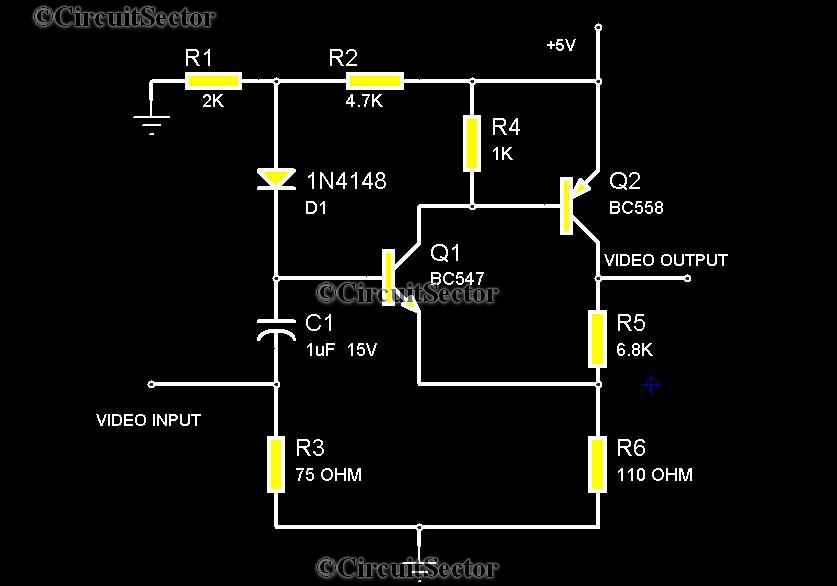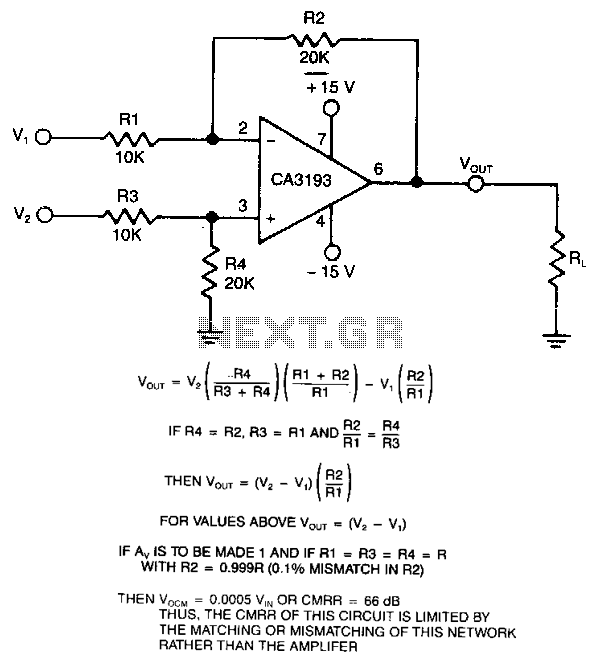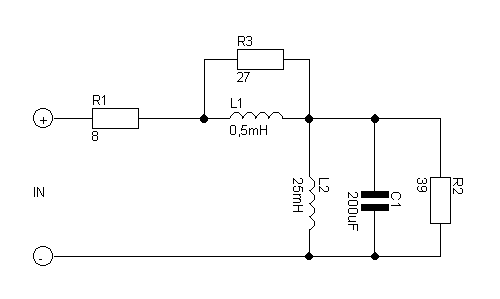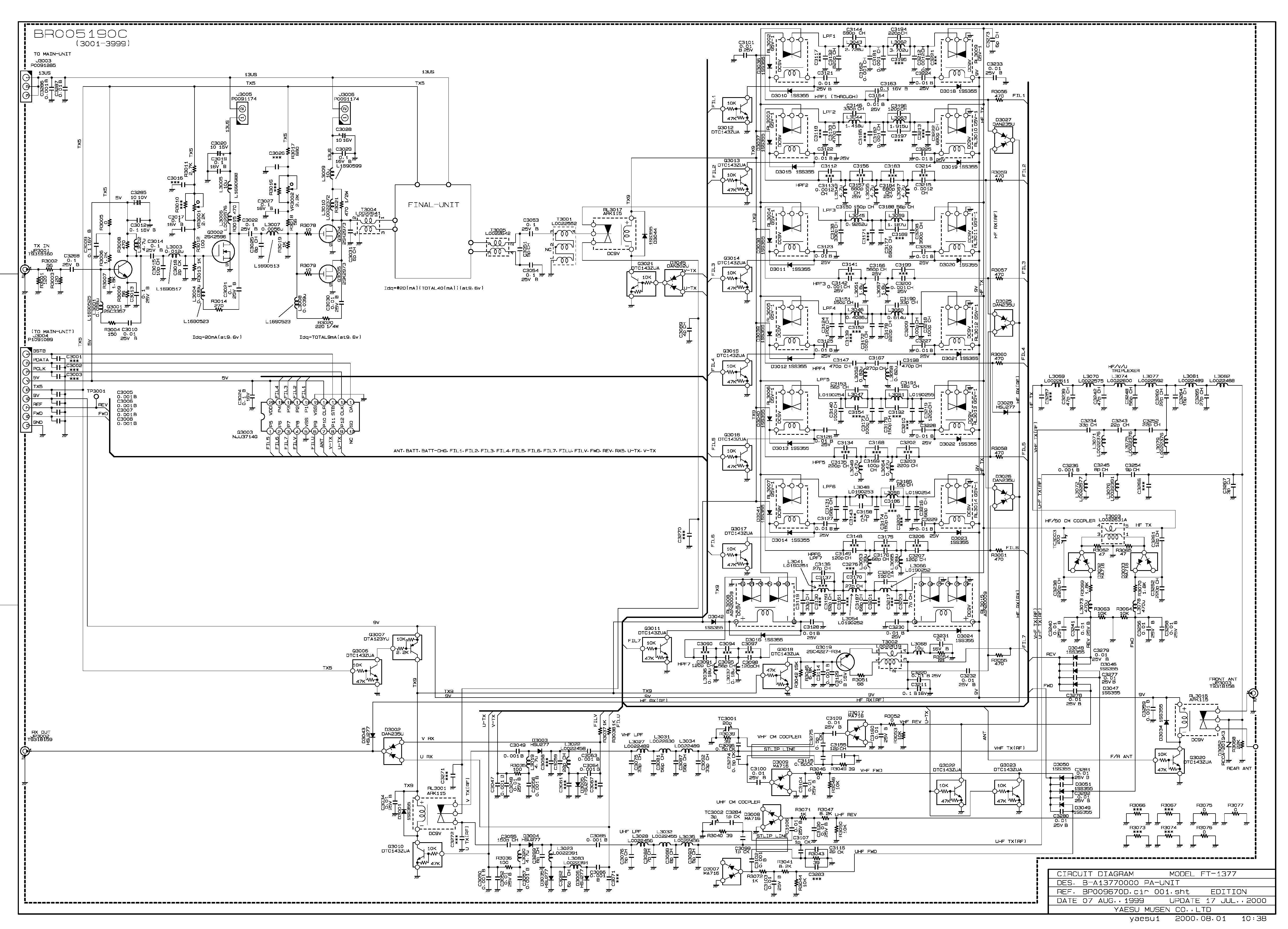
A common emitter amplifier
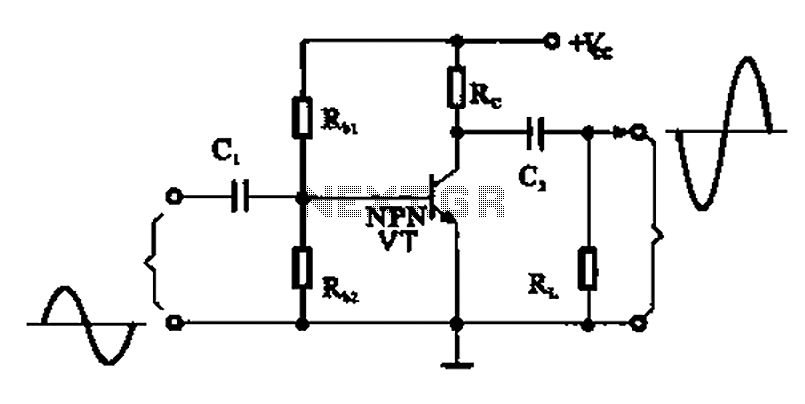
A common emitter amplifier is a total pole amplification circuit structure featuring a key emitting device. This circuit refers to the emitter of the input signal and the output signal connected to a common ground, forming the basis of fundamental amplifier circuits. The basic structure of this circuit includes a transistor, four resistors, and two capacitors. The circuit bias resistor R1 is connected to the power supply, providing voltage to the base of the transistor (B). A load resistor (Re) is connected to the collector (C) of the transistor, also linked to the power supply. The two capacitors serve to block DC while allowing AC signals to pass through, acting as coupling capacitors. An output load resistor (RL) carries the output signal. The primary distinction between NPN and PNP type transistor amplifiers lies in their power supply connections: in NPN transistor amplifiers, the power supply is connected to the positive voltage at the collector (C), while in PNP transistor amplifiers, it is connected to the negative voltage at the collector (C). The input signal is applied between the base (B) and the emitter (E), while the output signal is taken from the collector (C) to the emitter (E). This configuration highlights the emitter as the common terminal for both input and output signals, which is why it is referred to as a common emitter transistor amplifier. This type of amplifier is widely utilized in voltage amplification circuits.
The common emitter amplifier circuit is characterized by its ability to provide significant voltage gain, making it a fundamental building block in analog electronics. The transistor, functioning as the active component, is typically an NPN type for this configuration. The input signal is fed into the base terminal, where it modulates the current flowing from the collector to the emitter. This modulation results in an amplified output signal at the collector terminal, which is inverted in phase relative to the input signal.
The resistors in the circuit play critical roles in biasing the transistor and setting the operating point, which is essential for linear amplification. The resistor R1 is responsible for establishing the base current, while the emitter resistor Re serves to stabilize the operating point against variations in temperature and transistor parameters. The coupling capacitors ensure that only AC signals are passed to the next stage of the circuit, effectively blocking any DC offset that might affect performance.
The load resistor RL is crucial for determining the output impedance of the amplifier. By selecting appropriate values for R1, Re, and RL, the designer can optimize the amplifier's gain, bandwidth, and input/output impedance characteristics. The overall performance of the common emitter amplifier can be assessed through parameters such as voltage gain (Av), input resistance (Rin), and output resistance (Rout), which are influenced by the chosen resistor values and the transistor's characteristics.
In summary, the common emitter amplifier is a versatile and widely used circuit configuration in electronic design, providing essential functionality in various applications, including audio amplification, signal processing, and more complex integrated circuits. Its design requires careful consideration of component values to achieve the desired performance metrics while ensuring stability and reliability.A common emitter amplifier (1) Total pole amplification circuit structure and key emitting device common emitter amplifier circuit refers to the emitter (e) of the input signal and the output signal of the common ground of basic amplifier circuits. The circuit of l-l basic structure as shown in the figure, its key components include a transistor, four resistors and two capacitors. Where the circuit bias resistor R 1 and friends through the power supply to the base of the transistor (b) power supply; a load resistor Re is given by the power transistor collector (c) power supply; two capacitors are played through AC DC blocking effect coupling capacitor; a resistor RL is the output signal carrying the load resistor.
NPN type transistor amplifier with PhrP biggest difference is that the power supply: The NPN transistor amplifiers, power supply is fed to the positive supply transistor collector (c); a PNP transistor amplifier, power supply is sent to the negative supply the transistor collector electrode (c). Input signal is applied to the transistor base (b) and between the emitter (e), and the output signal is the collector of the transistor (c) and from electrode (e) between the transmitter, shows an emitter (e ) for the input signal and the output signal common terminal, thus said common emitter transistor amplifier, commonly used in the transistor voltage amplification circuit.
The common emitter amplifier circuit is characterized by its ability to provide significant voltage gain, making it a fundamental building block in analog electronics. The transistor, functioning as the active component, is typically an NPN type for this configuration. The input signal is fed into the base terminal, where it modulates the current flowing from the collector to the emitter. This modulation results in an amplified output signal at the collector terminal, which is inverted in phase relative to the input signal.
The resistors in the circuit play critical roles in biasing the transistor and setting the operating point, which is essential for linear amplification. The resistor R1 is responsible for establishing the base current, while the emitter resistor Re serves to stabilize the operating point against variations in temperature and transistor parameters. The coupling capacitors ensure that only AC signals are passed to the next stage of the circuit, effectively blocking any DC offset that might affect performance.
The load resistor RL is crucial for determining the output impedance of the amplifier. By selecting appropriate values for R1, Re, and RL, the designer can optimize the amplifier's gain, bandwidth, and input/output impedance characteristics. The overall performance of the common emitter amplifier can be assessed through parameters such as voltage gain (Av), input resistance (Rin), and output resistance (Rout), which are influenced by the chosen resistor values and the transistor's characteristics.
In summary, the common emitter amplifier is a versatile and widely used circuit configuration in electronic design, providing essential functionality in various applications, including audio amplification, signal processing, and more complex integrated circuits. Its design requires careful consideration of component values to achieve the desired performance metrics while ensuring stability and reliability.A common emitter amplifier (1) Total pole amplification circuit structure and key emitting device common emitter amplifier circuit refers to the emitter (e) of the input signal and the output signal of the common ground of basic amplifier circuits. The circuit of l-l basic structure as shown in the figure, its key components include a transistor, four resistors and two capacitors. Where the circuit bias resistor R 1 and friends through the power supply to the base of the transistor (b) power supply; a load resistor Re is given by the power transistor collector (c) power supply; two capacitors are played through AC DC blocking effect coupling capacitor; a resistor RL is the output signal carrying the load resistor.
NPN type transistor amplifier with PhrP biggest difference is that the power supply: The NPN transistor amplifiers, power supply is fed to the positive supply transistor collector (c); a PNP transistor amplifier, power supply is sent to the negative supply the transistor collector electrode (c). Input signal is applied to the transistor base (b) and between the emitter (e), and the output signal is the collector of the transistor (c) and from electrode (e) between the transmitter, shows an emitter (e ) for the input signal and the output signal common terminal, thus said common emitter transistor amplifier, commonly used in the transistor voltage amplification circuit.
